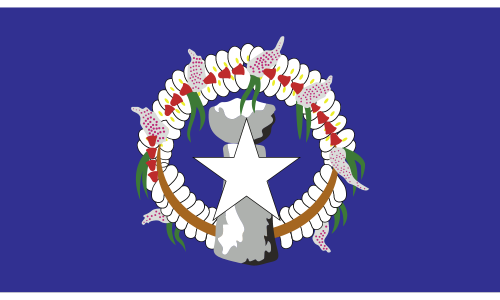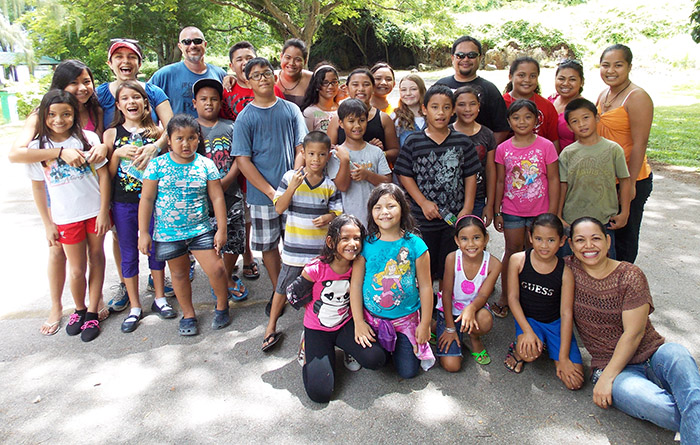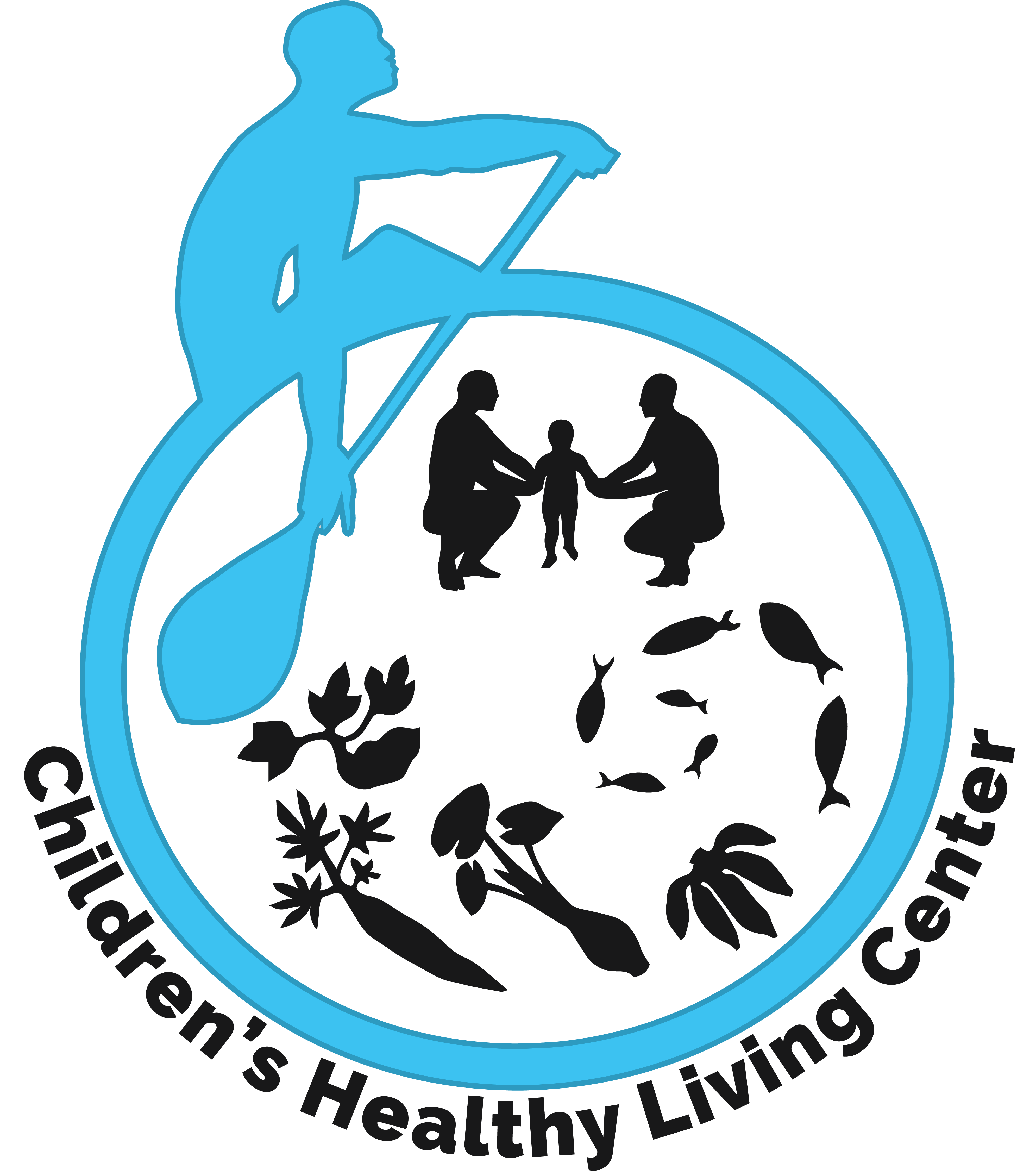
COMMONWEALTH OF THE NORTHERN MARIANA ISLANDS
Population
Total: 51,295 (2023 est.)
Age Structure: 0-14 years: 22.61%, 15-64 years: 67.95%, 65 years and over: 9.43%
Population by gender: male 52.6%, female 47.4% (2020 DECIA)
Urban population: 92.1% of total population (2023)
Rate of urbanization: 0.36% annual rate of change (2020-2025 est.)
Total fertility rate: 2.59 children born/woman (2023 est.)
Diabetes rate: Prevalence (age-adjusted 20-79 years) – 23.4% (2021); proportion of people with undiagnosed diabetes – 45.4% (2021)
Drinking water source (improved): 100% population
Sanitation facility access: (improved) 97.9% of population; (unimproved) 2.1% of population
Ethnicity: Asian 50% (includes Filipino 35.3%, Chinese 6.8%, Korean 4.2%, and other Asian 3.7%), Native Hawaiian or other Pacific Islander 34.9% (includes Chamorro 23.9%, Carolinian 4.6%, and other Native Hawaiian or Pacific Islander 6.4%), other 2.5%, two or more ethnicities or races 12.7% (2010 est.)
Languages: Philippine languages (32.8%), Chamorro (official) (21.4%), English (official) (17%), other Pacific island languages including Carolinian (10.1%), Chinese 6.8%, other Asian languages 7.3%, Other (1.9%) (2010 est.)
Literacy: 97%

Economy
Real GDP: $1.242 Billion (2016 est.)
GDP per capita: $24,500 (2016 est.)
GDP composition by sector of origin: agriculture 1.7%, industry 58.1%, services 40.2% (2016 est.)
Unemployment rate: 11.2% (2010 est.)
Labor force by occupation (2010 est.): agriculture (1.9%), industry (10%), services (88.1%)
Poverty rate: 33.7% of families (2019)
WIC: $70.95 average monthly benefit per person (preliminary FY2022)
Top Industries: tourism, banking, construction, fishing, handicrafts, other services
Agricultural Product: vegetables and melons, fruits and nuts; ornamental plants; livestock, poultry and eggs; fish and aquaculture products
Exports: $914 million (2016 est.); scrap iron, scrap copper, scrap aluminum, computers, laboratory diagnostic equipment (2019)
Imports: $893 million (2016 est.); refined petroleum, trunks/cases, cars, watches, jewelry (2019)
Transportation
Airport (5), Heliports (1), Roadways (536 km), Ports and terminals (major seaports in Saipan, Tinian, Rota)
Geography
Land: 464 sq km
Natural Resource: arable land, fish
Land Use: agricultural land (6.6%) – arable land (2.2%), permanent crops (2.2%), permanent pasture (2.2%); forest (65.5%); other (27.9%) (2018 est.)
Climate: tropical marine; moderated by northeast trade winds, little seasonal temperature variation; dry season December to June, rainy season July to October
Environmental-current issue: contamination of groundwater on Saipan may contribute to disease; clean-up of landfill; protection of endangered species conflicts with development
